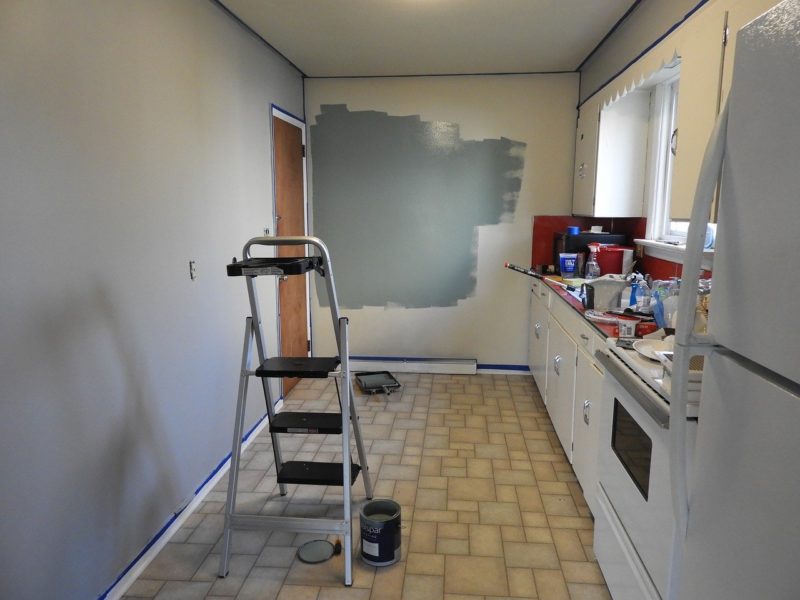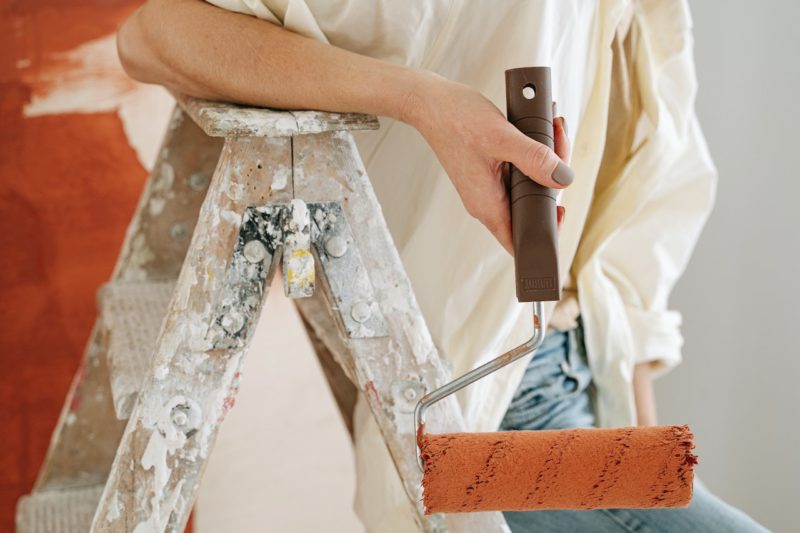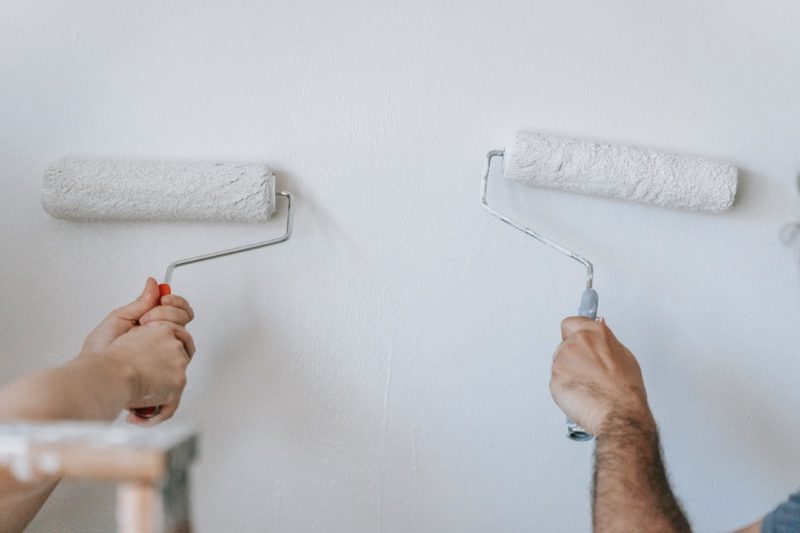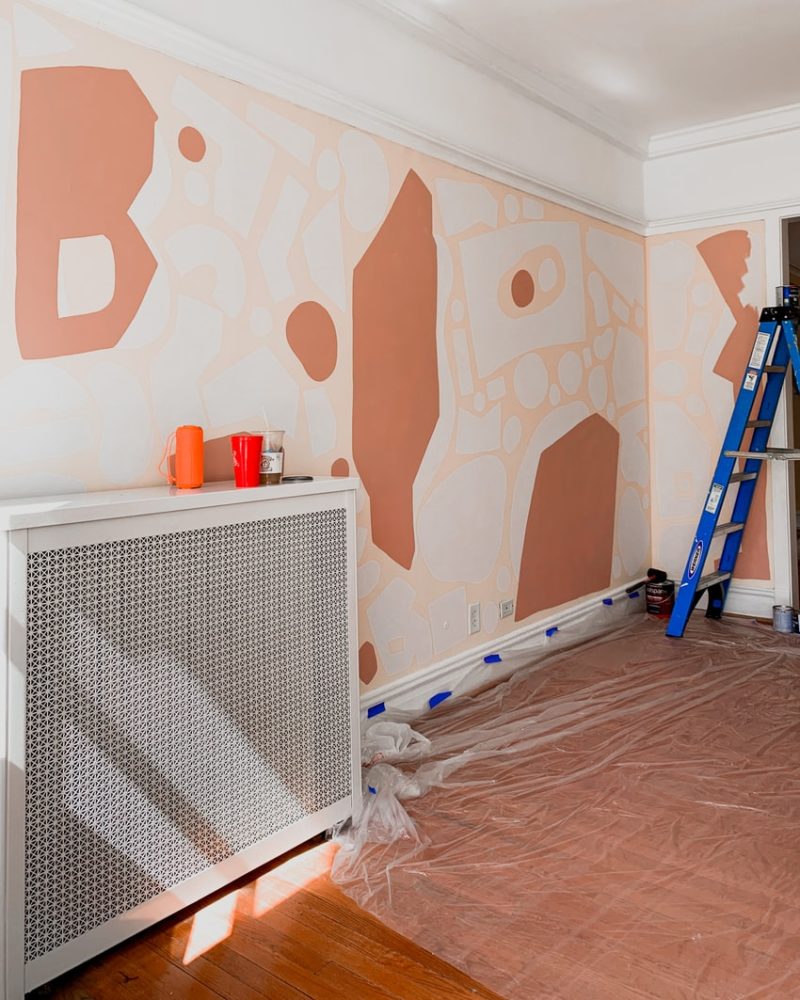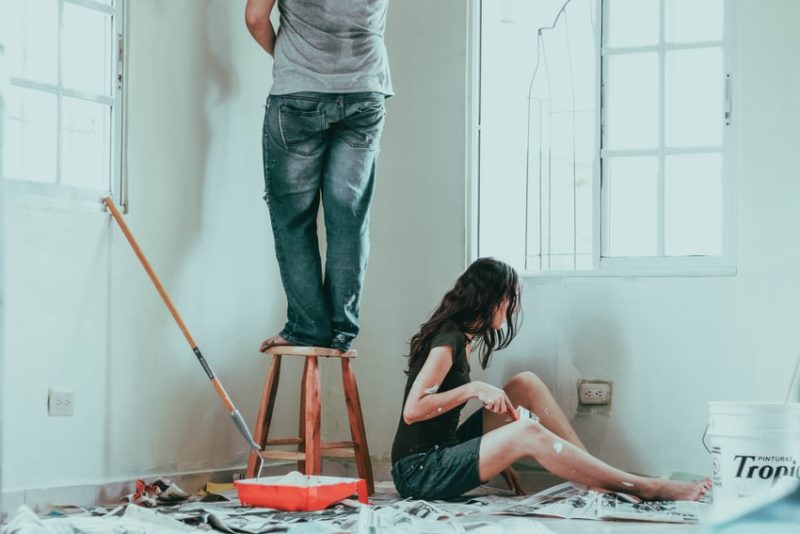6 Benefits of Hiring a Professional Painting Service and When to DIY
Your bare, tired walls stick out like a sore thumb. But while many consider this ghastly sight a burden, others see it as a great opportunity for interior décor.
Painting is one of the most cost-effective ways to give your home or business an instant facelift. Yet, many people are stuck between picking a professional painter or doing it themselves. While both undoubtedly have their pros and cons, in this writer’s opinion, the advantages of hiring a professional painter are extensive.
In this guide, we’ll outline the five primary benefits of hiring a professional painter, and when it’s okay to DIY.
A Professional’s Expertise Goes Beyond Brushing Walls
The most obvious benefit of hiring a professional painter is that they bring to the table unparalleled expertise and skill.
Many DIY painters assume that all a bare wall needs is a fresh coat of paint. But, professional painters know better, and with a glance, can assess the following:
- What type of wall material is present and which paint type is best i.e. latex, oil-based paint, etc?
- What primer is needed to ensure the longevity of the new coat of paint?
- Whether there are any damages i.e holes or cracks that require patching and sanding
- How many paint coats are necessary?

These technical considerations ensure that the paint adheres to your surface and lasts its maximum lifespan. By failing to smoothen and prime your walls, paint can easily flake or chip off, making for an unprofessional finish.
Time-Saving
Most of us are juggling some sort of activity, whether at work or in our personal lives. And even if you’ve managed to set aside time for your home improvement project, you may still run into unexpected delays.
If the job is bigger than expected or you’re handling multiple projects at once, you risk putting the entire project behind schedule and compromising its finish. By hiring a professional, you can allocate your time to other tasks as the expert takes care of the painting. For example, if you’re having your shop painted, you can focus on stocking up on inventory and running your business.
Satisfaction Guarantees
You’ve probably heard the term ‘satisfaction guarantee’ or ‘warranty’ but do you know what it means? At its core, satisfaction guarantees are promises from contractors to stand behind their work. If for any reason, there are any hiccups with the painting job, they’ll go back and fix it.
While DIY projects have their charm, you’ll have no recourse if something goes wrong. You’ll have to suck it up and either fix the situation yourself or hire another professional. Either way is a headache and probably more costly in the long run.
It’s Just Less of a Headache
As mentioned, painting has multiple components that need special attention. From cleaning the surface to covering furniture and taping corners, painting can be a real hassle. Couple those with having to properly choose and purchase the materials i.e brushes, rollers and the paint, and the frustration can quickly mount.
Hiring a professional painter eliminates all these headaches and ensures that everything is done to perfection. They bring the equipment, whether it’d be step ladders, paint brushes, or a paint sprayer, and the know-how to get the job done.
If you have the money, consider your mental health and save yourself the time and frustration of DIY painting.
They’re Licensed and Insured
Similarly to our point about satisfaction guarantees, professional painters offer the added luxury of being licensed and insured. This means that if your or a 3rd party property is damaged, or the painter suffers an injury, you’re not liable. Contrast this with hiring someone who isn’t insured and you may be held responsible for any damages, injuries or other unforeseeable events.
When selecting a painting company, always double-check that they are licensed and insured. This can be done by asking or checking online on your local government’s website. In Australia, for example, you can verify a contractor’s license online or contact NSW Fair Trading for confirmation.
Decorative Painting is Not a Problem
Do you have a feature wall that requires a decorative painting design? Some examples of decorative painting include sponging, ragging, stenciling, wood graining, and color washing. If you’re not well-versed in painting techniques, or it’s too much work for you to handle, a professional painter is a must.
Provided your painter has the skills (not all painters are equal in this regard) they’ll know how to get the job done. They can suggest different designs, colors and textures to bring your vision to life or even provide their own twist on things. Just always ask beforehand to make sure they can do the job – you don’t want a contractor who’s in over their head.
Now that we’ve gone over the benefits of hiring a professional painter, let’s go over when it might be best to do the painting yourself.
When to DIY
You have the skills and experience – If this isn’t your first rodeo and you’re up for the challenge, then DIY painting is a viable option. You can work at your own pace and most importantly, do the job to a similar (if not better) quality than a professional painter.
You have the time – Painting can quickly become a time suck, especially if you’re inexperienced. If you have a few weeks to spare, learning how to paint and going through the motions won’t be too much of a hassle.
You don’t have enough money – A professional painting company typically charges between $30-$60 an hour. If you don’t have the money to spare, DIY painting is far cheaper. You’ll just need the materials and equipment which can be purchased for a fraction of the price.
You like the feeling of DIY – There’s a great deal of satisfaction that comes with completing a DIY project. If you enjoy learning and honing your skills, DIY painting may be the perfect opportunity to do just that. Not every home improvement project requires the help of a professional.
So there you have it, the benefits of hiring a professional painter and when to DIY. Painting is an important part of maintaining any home, and we hope these points have given you some clarity on what’s best for your project!

